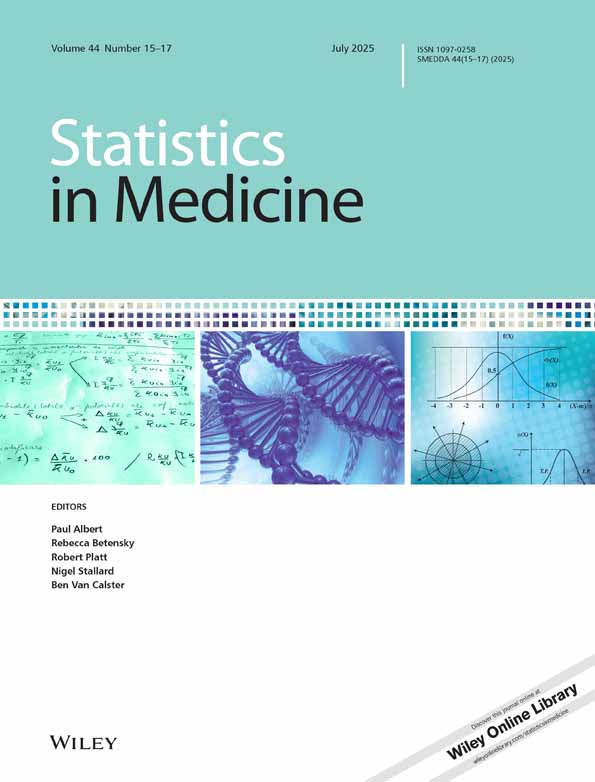Establishing the relationship between nurse staffing and hospital mortality using a clustered discrete-time logistic model
Abstract
Studies based on aggregated hospital outcome data have established that there is a relationship between nurse staffing and adverse events. However, this result could not be confirmed in Belgium where 96 per cent of the variability of nurse staffing levels over nursing units (belonging to different hospitals) is explained by within-hospital variability. To better appreciate the possible impact of nurse staffing levels on adverse events, we propose a multilevel approach reflecting the complex nature of the data. In particular we suggest a clustered discrete-time logistic model that captures the risks associated with a given unit in the patient's trajectory through the hospital. The model also allows for nurse staffing levels to affect the current and subsequent nursing unit (carry-over effect). In the model ‘time’ is represented by the sequential number of the nursing unit that the patient is passing through. The model incorporates hospital and nursing unit random effects to express that patients treated in the same hospital and taken care of by nurses of the same unit share a common environment. In this study we used Belgian national administrative databases for the year 2003 to assess the relationship between nurse staffing levels and nurse education variables with in-hospital mortality. The analysis was restricted to elective cardiac surgery patients. Lower nursing unit staffing levels in the general nursing units were associated with high in-hospital mortality in units past the traditional cardiac surgery nursing units. Copyright © 2010 John Wiley & Sons, Ltd.




